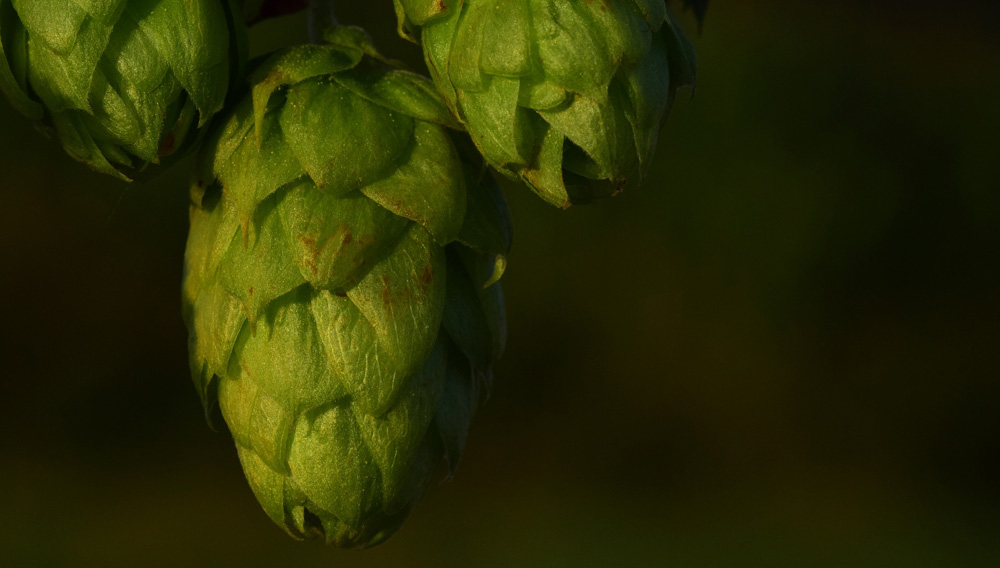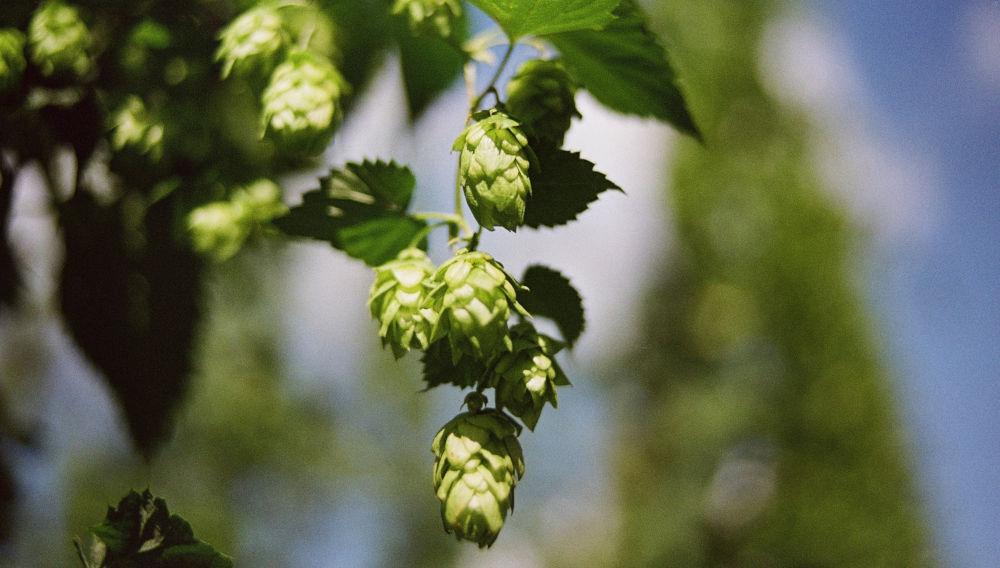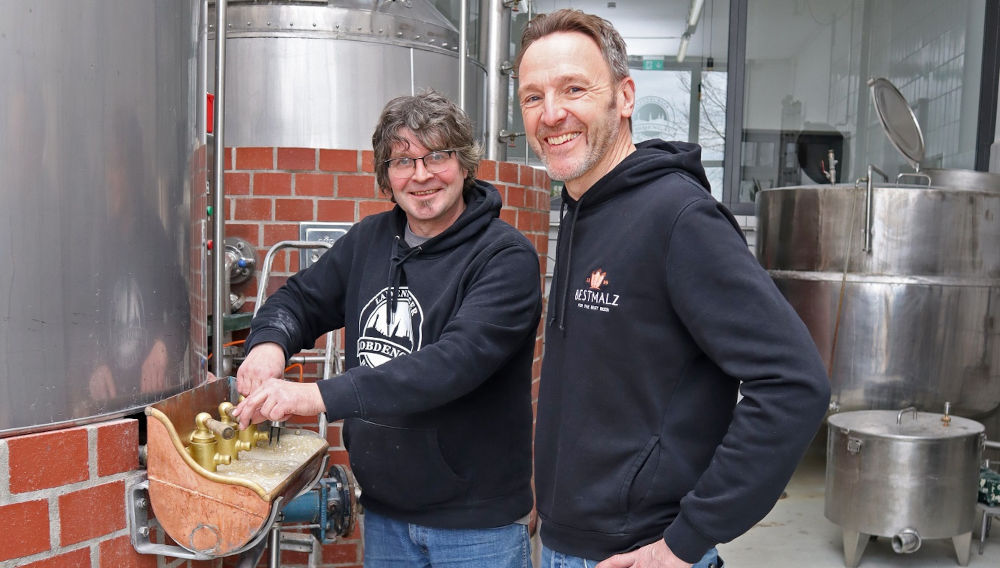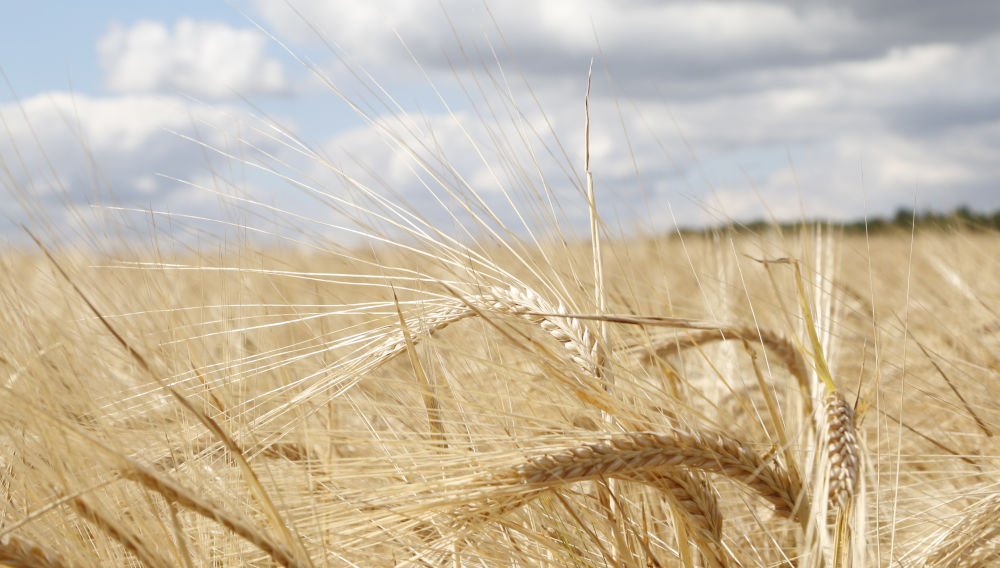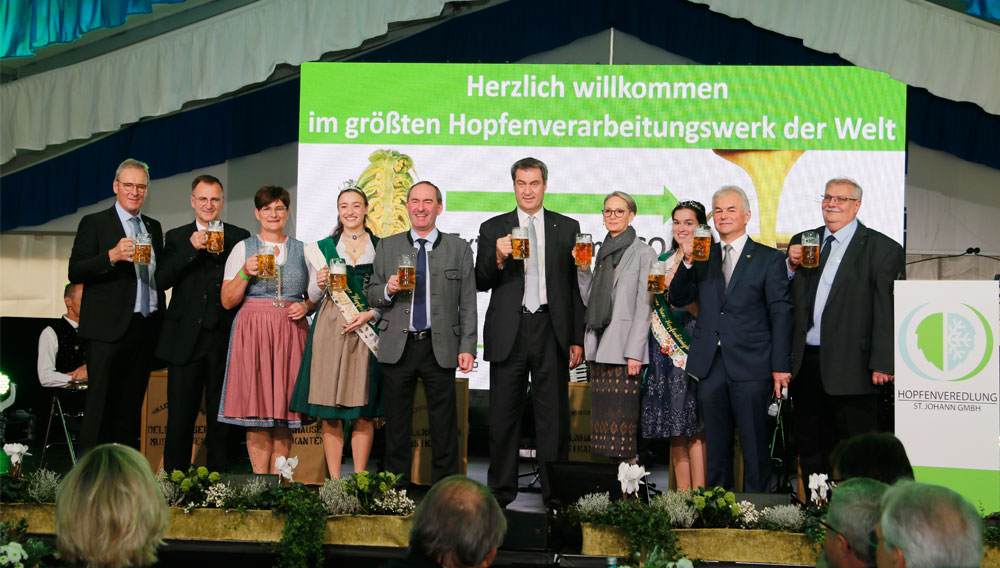Poor hop harvest | Faced with climate change and the prospect of increasingly frequent extreme summers, the hop industry sought a way to enable particularly low crop volumes to be distributed equally and fairly among all customers.
Reviving historic barley variety | The Heidelberg-based family business Palatia Malz GmbH, in a joint effort with Saatzucht Josef Breun GmbH & Co. KG, has revived the traditional German malting barley variety Alexis. The malt produced exclusively by Palatia from this time-honored barley variety will now be marketed under the brand name “Best A-XL”, the A standing for “Alexis” and the XL (“extra large”) for the exceptional foam stability of a beer brewed with it.
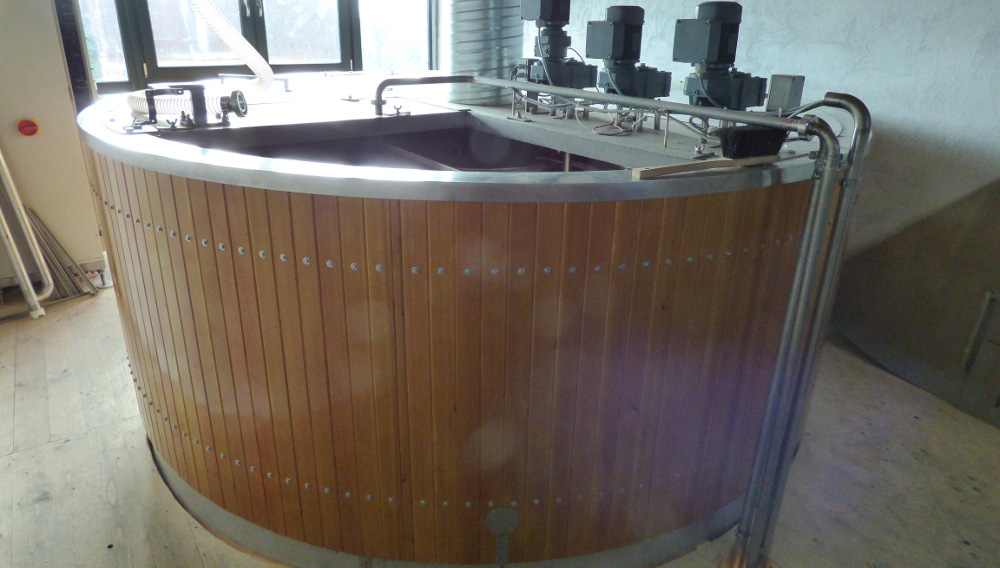
Compact micromalting | Ever more brewers in smaller breweries and in the craft market are looking for malts tailored to their specific needs or malts produced from regional barley suitable for creating their unique and distinctive beers. However, most malthouses are not able to fulfill their desires due to the small batch size. It is therefore worth considering alternatives. A compact small-scale malting plant with special steeping technology is introduced in the following article.

Novel crop | Tritordeum is a cereal combining the best attributes of wheat and barley in one single ingredient. It has been developed after 40 years of research in Spain, where a breeding program is managed by the biotechnology company Vivagran which is exclusively in charge of its global production and distribution. The objective is to select new lines of Tritordeum each year, more recently also with qualities suitable for malting and brewing.

The 2022 hop harvest has now officially come to an end. The Arbeitsgruppe Hopfenanalyse or AHA (Hop Analysis Working Group) has announced the mean alpha acid values determined in freshly harvested hops.

Dry hopping system | In this final third part of the series of articles, the significance of the results from the second part for plant and process engineering in an industrial environment is highlighted and the advantages provided by such systems are presented based on sample projects already installed. Results are discussed and summarised at the end.
Stable situation | The supply of summer malting barley from this year's harvest in Europe remains good. Although there is talk of regional complaints about quality, supplies should be secure for the next twelve, thirteen, perhaps fourteen months. Difficulties remain with logistics and uncertainty with gas supplies.
Hop processing St. Johann GmbH | BarthHaas and HVG Hopfenverwertungsgenossenschaft mark the opening of the new extraction plant in St. Johann, Germany with a formal ceremony. Along with the First Minister of Bavaria, Dr. Markus Söder, invitees include the Deputy First Minister and Bavarian Secretary of Commerce, Hubert Aiwanger, and numerous guests from the worlds of politics and business, as well as the employees at the plant.
Better than expected | The quantitative results of the spring barley harvest in Europe have been better than expected in some regions. The harvests in Scandinavia and in the UK are the main contributors. In France and Germany, too, the results are better than initially expected, although the quality is quite heterogeneous after the hot and dry weather.
Sustainable and cost-effective | Supply-chain issues and climate change are presenting significant cost challenges for breweries all over the world. Using sustainable regional alternatives to malt can help reduce costs while also supporting local farmers and communities. This article explains how these “malternatives” can be successfully applied by brewers.
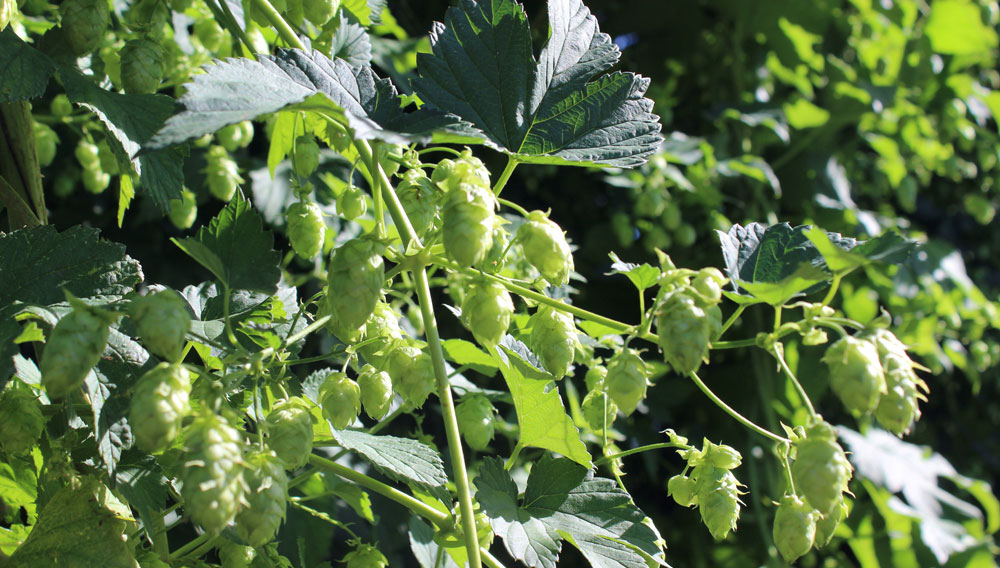
Climate sensitivity | While climate influence on α-acid content of hops is known, systematic research on the biosynthesis of aroma substances and polyphenols in different hop varieties depending on the weather conditions is still lacking. Pellet samples of 20 German hop varieties from big lots were chosen for this study. The results are presented in the following article.

